Jurin-ji Temple and the Romance of Ariwara no Narihira
In the woods of Kyoto’s Nishiyama, is a little temple called Jurin-ji Temple [十輪寺]. Though this temple is neither large nor popular among tourists, it is famous for one thing: it is where Ariwara no Narihira [在原業平], a famous aristocrat in and poet of the Heian Period, spent his last years, earning the temple the nickname Narihira-dera. Narihira’s numerous romantic liaisons were a great point of interest not only during his lifetime, but even years later, the stories of his romantic affairs influenced poets and authors alike, including Lady Murasaki.
The Tales of Ise and Ariawara no Narihira
Ariwara no Narihira, grandson of Emperor Heizei, was a high rank aristocrat in the early Heian Period. However, he was more than just an ordinary aristocrat. Not only was he exceptionally handsome, but also he was also extraordinary skillful at reading poetry (a skill known as waka). Naturally, he was a big heartthrob in his time. Narihara also had a number of lovers and throughout the Kansai region, there are many historic places related to love stories about Narihira.
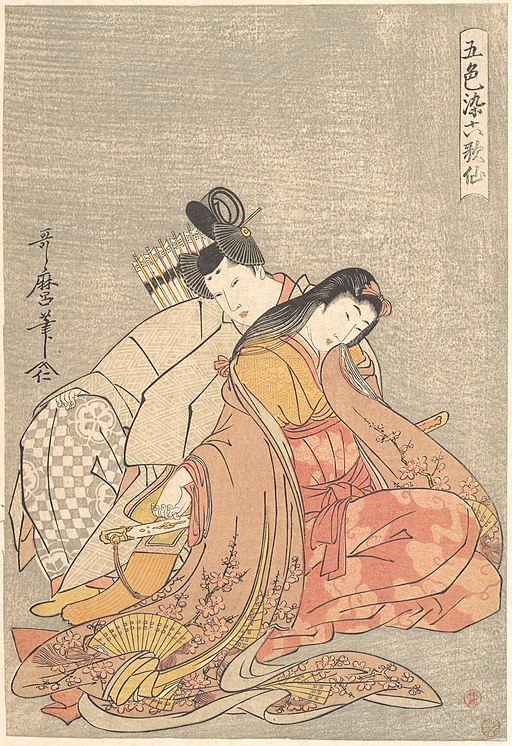
Moreover, though it is not explicitly stated, Ariwara no Narihira’s appears in The Tales of Ise, a compilation of 125 short love stories. Many people assume that the major character in these story is none other than Ariwara no Narihira. This book has influenced many readers and authors throughout that Japanese history, including The Tales of Genji.
Getting to Jurin-ji Temple
The closest stations to Jurin-ji Temple are the Hankyu Higashi-muko Station and the JR Mukomachi Station. From either station, take the Hankyu bus #66 for Yoshiminedera and get off at the second to last stop (this is a Koshio bus stop). The bus runs only once an hour, so make sure to check the bus schedule ahead of time!
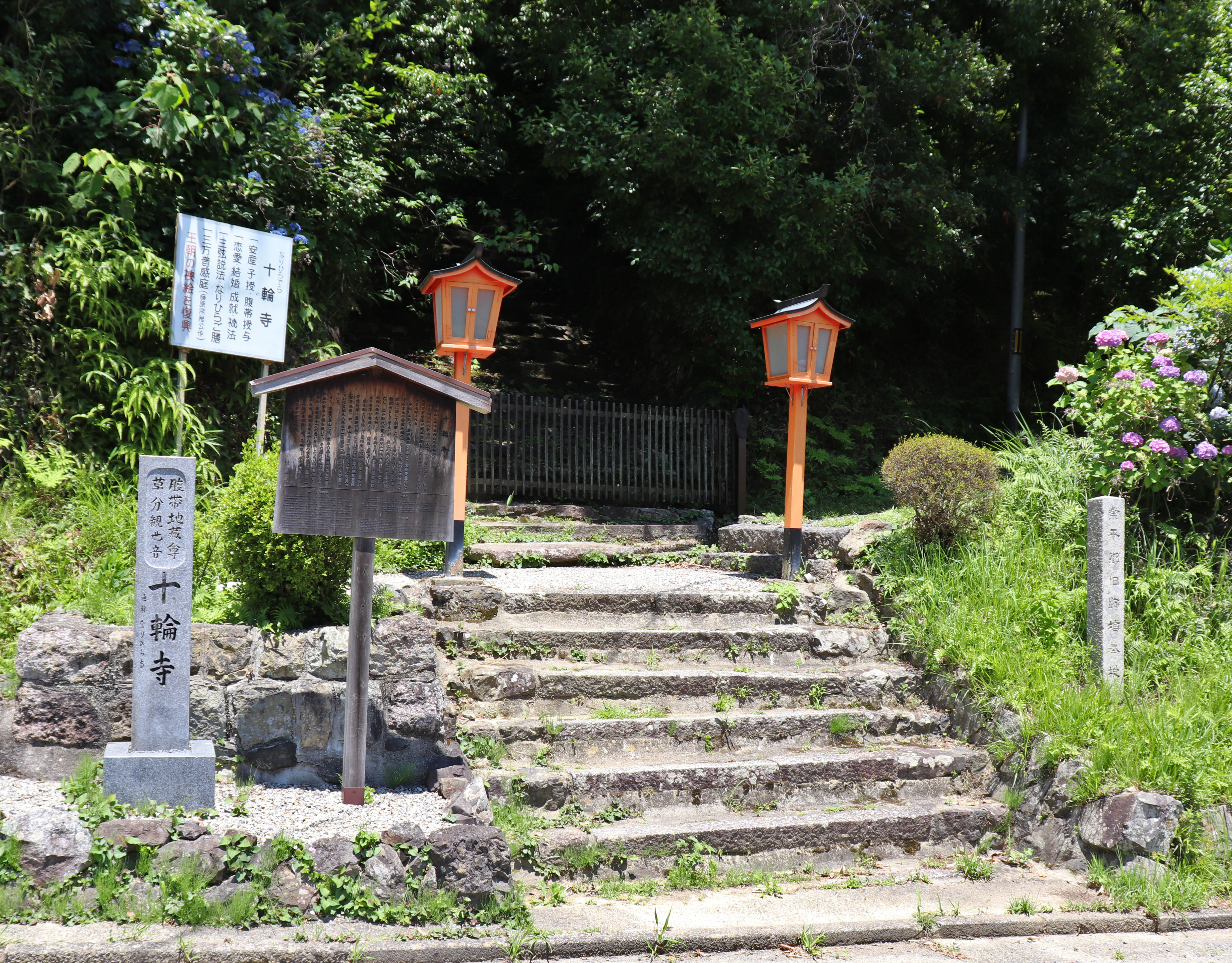
Jurin-ji is right in front of the bus stop, but the gate is quite small. So, be sure you don’t miss it!
Also, Yoshiminedera, one of the temples of the Saigoku Kannon Pilgrimage, is near Jurin- ji, so it’s convenient to visit both temples in that same day.
Temple Grounds
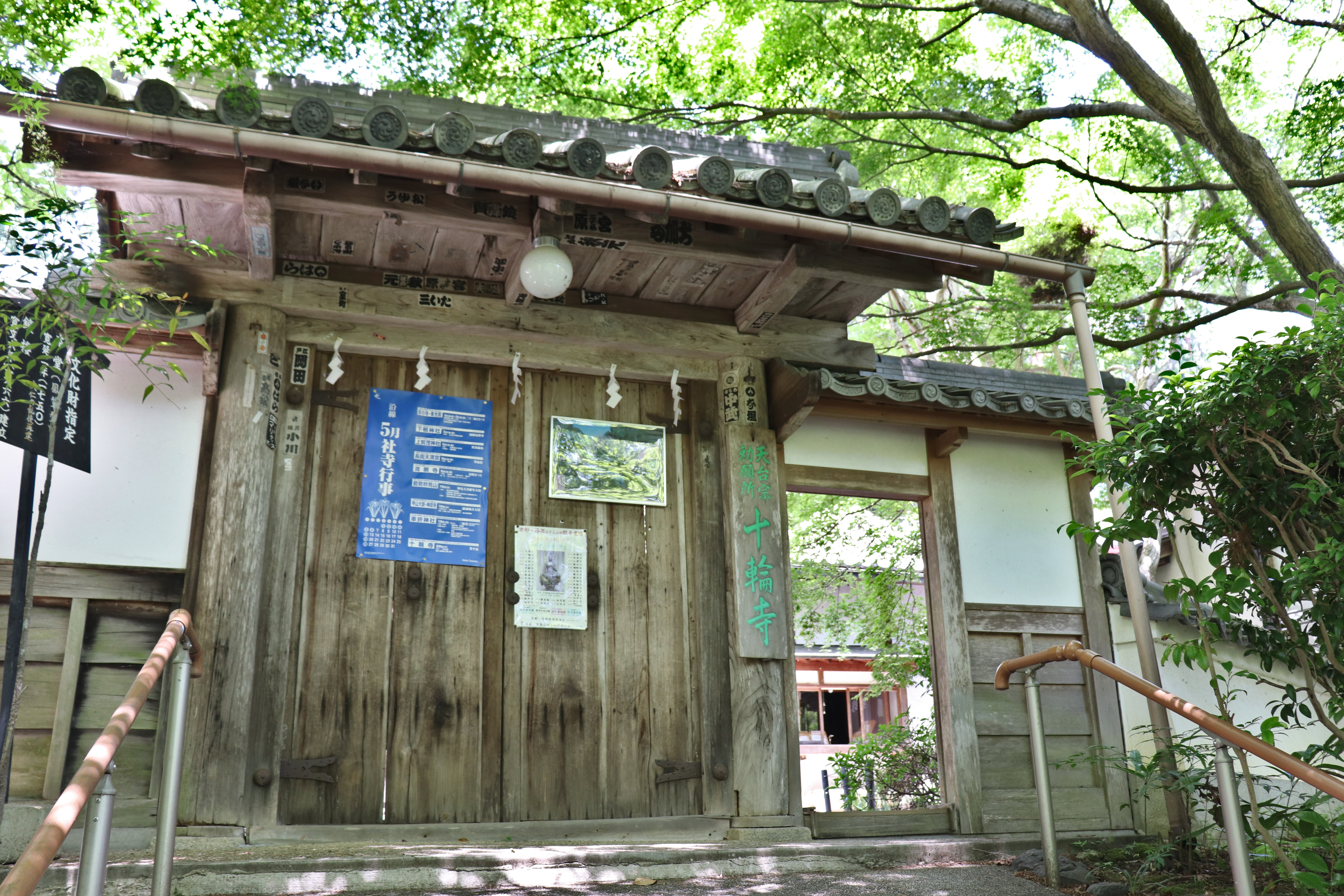
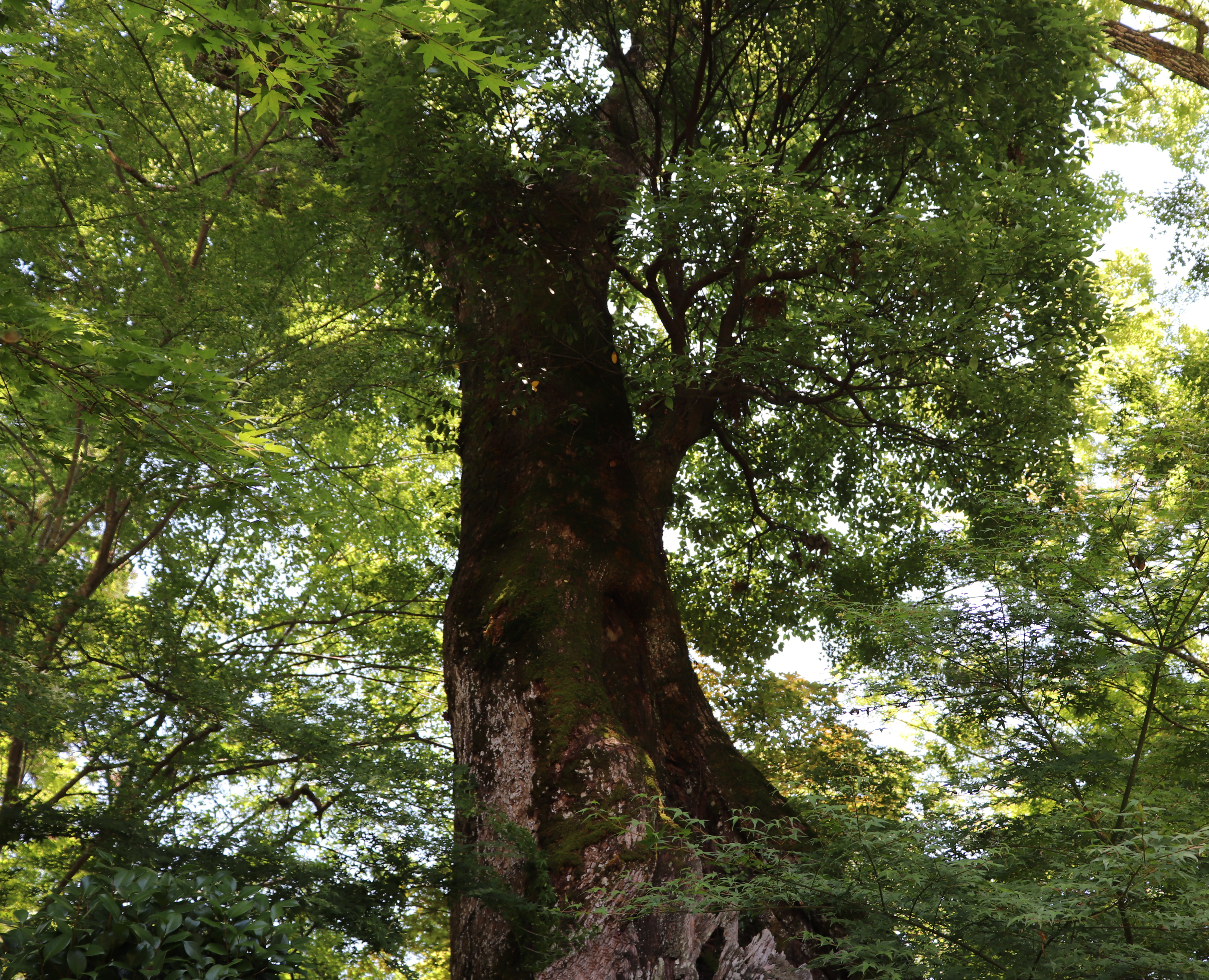
Before long, you will see the hondo, the main temple building. While the temple dates back to the Heian Period, all of the temple buildings burnt down in Onin War, so everything on the temple grounds today only dates as far back as the 18th century.
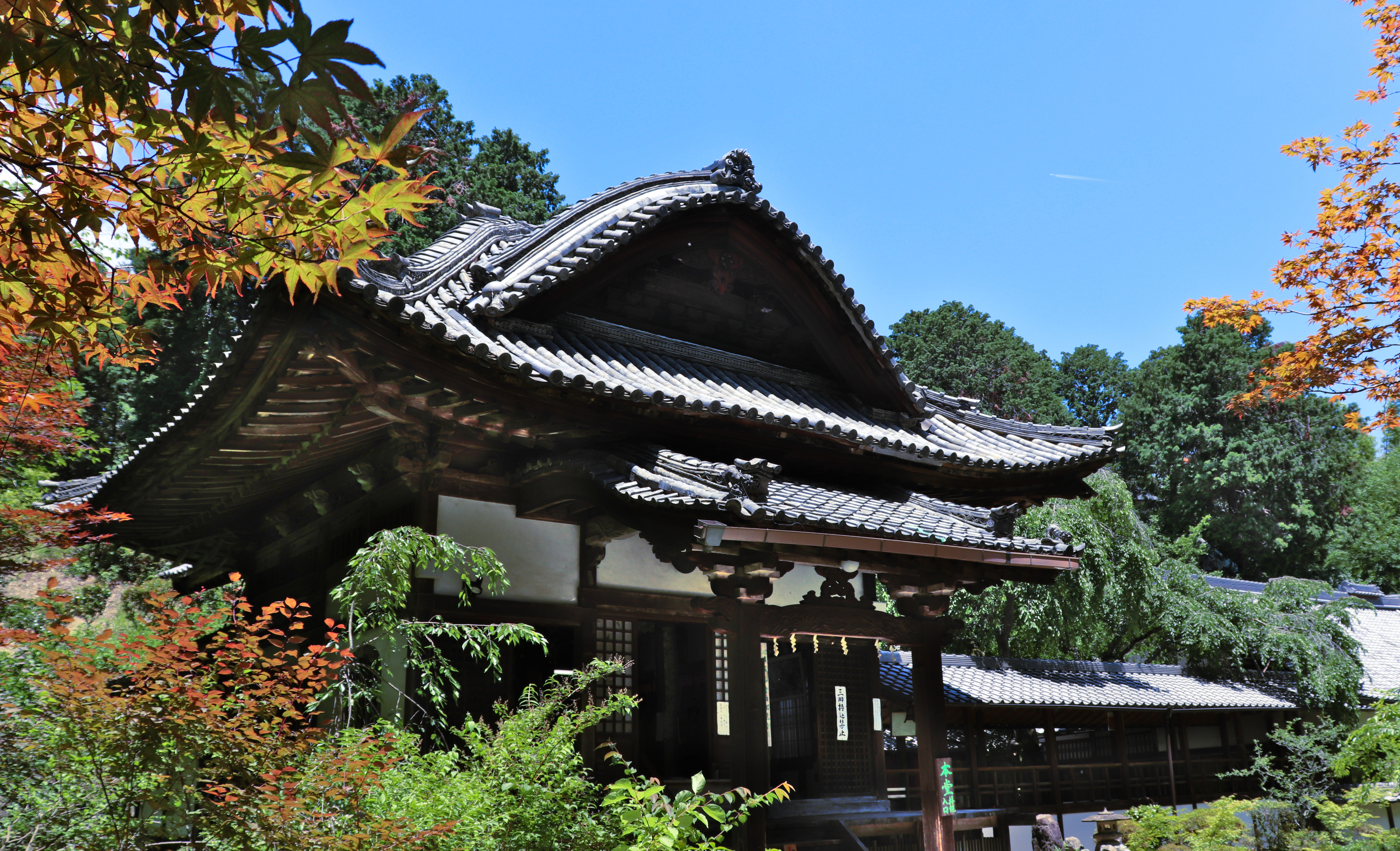
The hondo of the temple is quite unique. As you can see, the rooftop is very round! The shape certainly doesn’t make it look like a temple, but rather like a carriage. The inside of the hondo itself has quite unique ceiling too, which is decorated with many Shinto-like carvings.
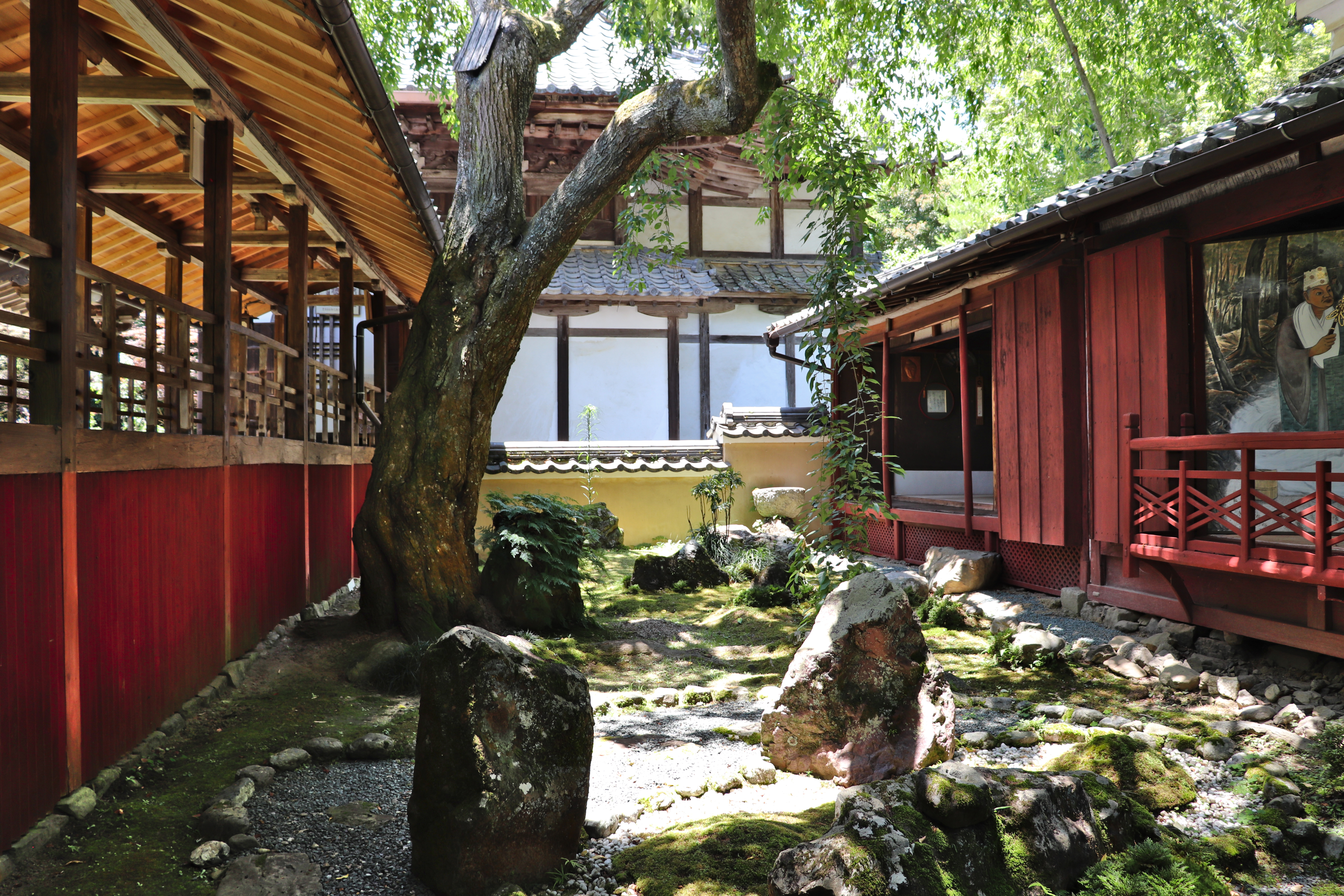
The center of the hondo enshrines a statue of Enmei Jizo, originally owned by Emperor Buntoku (9th century). The emperor donated the statue to the temple in the hopes that his wife would have a safe birth (which she did).

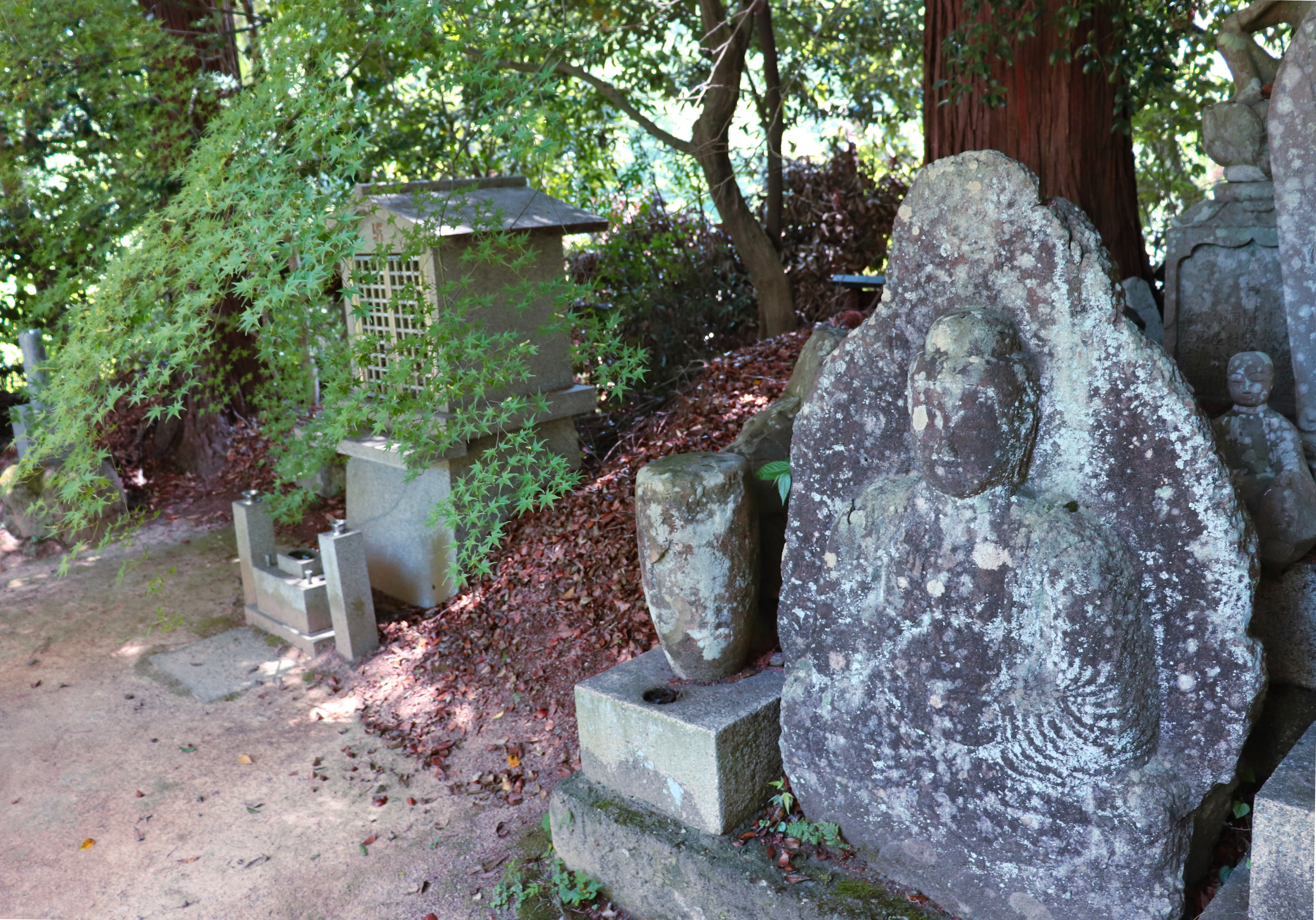
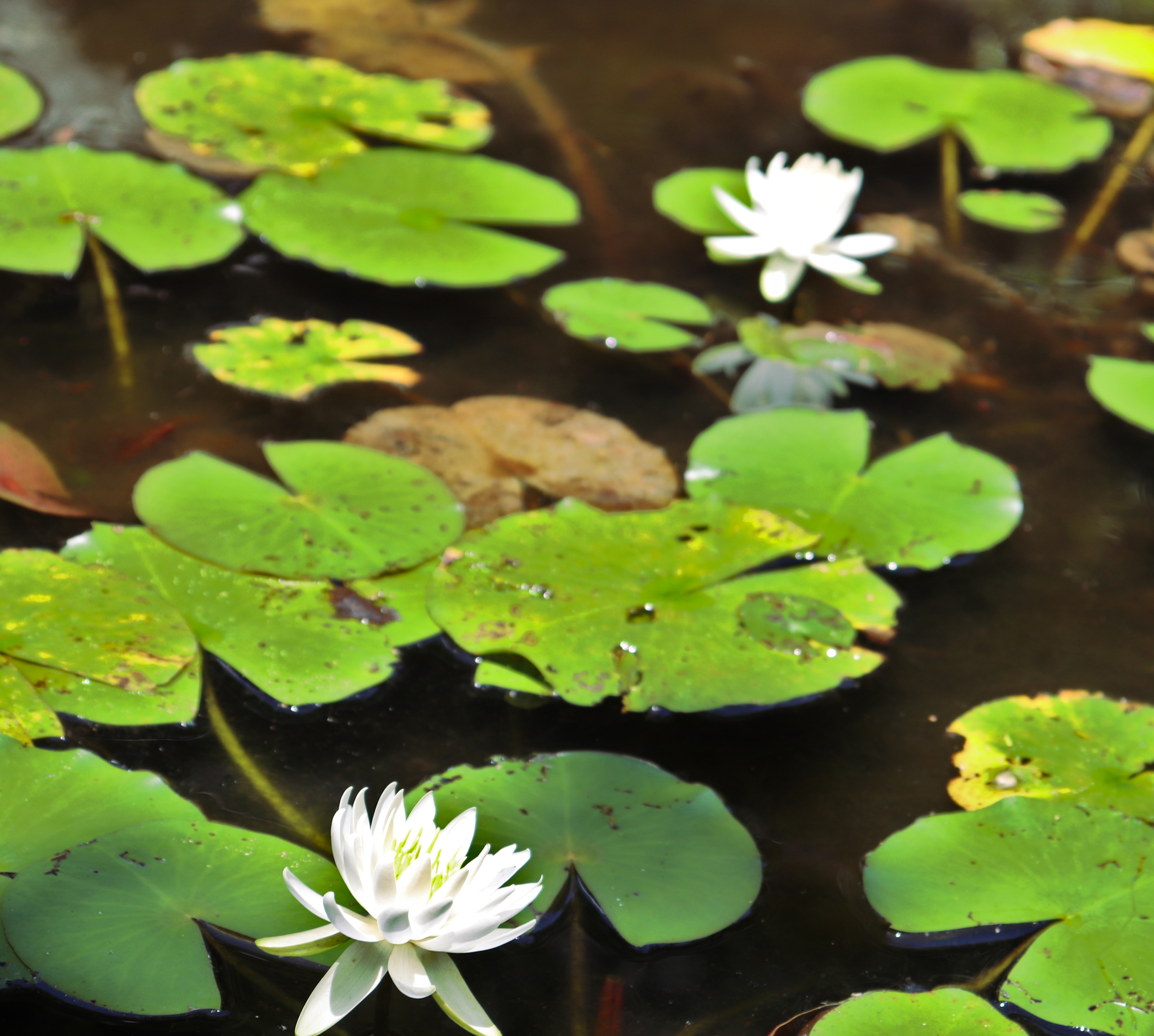
Points of Interest
Narihira’s Grave
Behind the hondo is the grave of Ariwara no Narihira, who passed away in this temple at the age of 56. Every year on May 28th, Jurin-ji holds a commemoration festival in his honor.
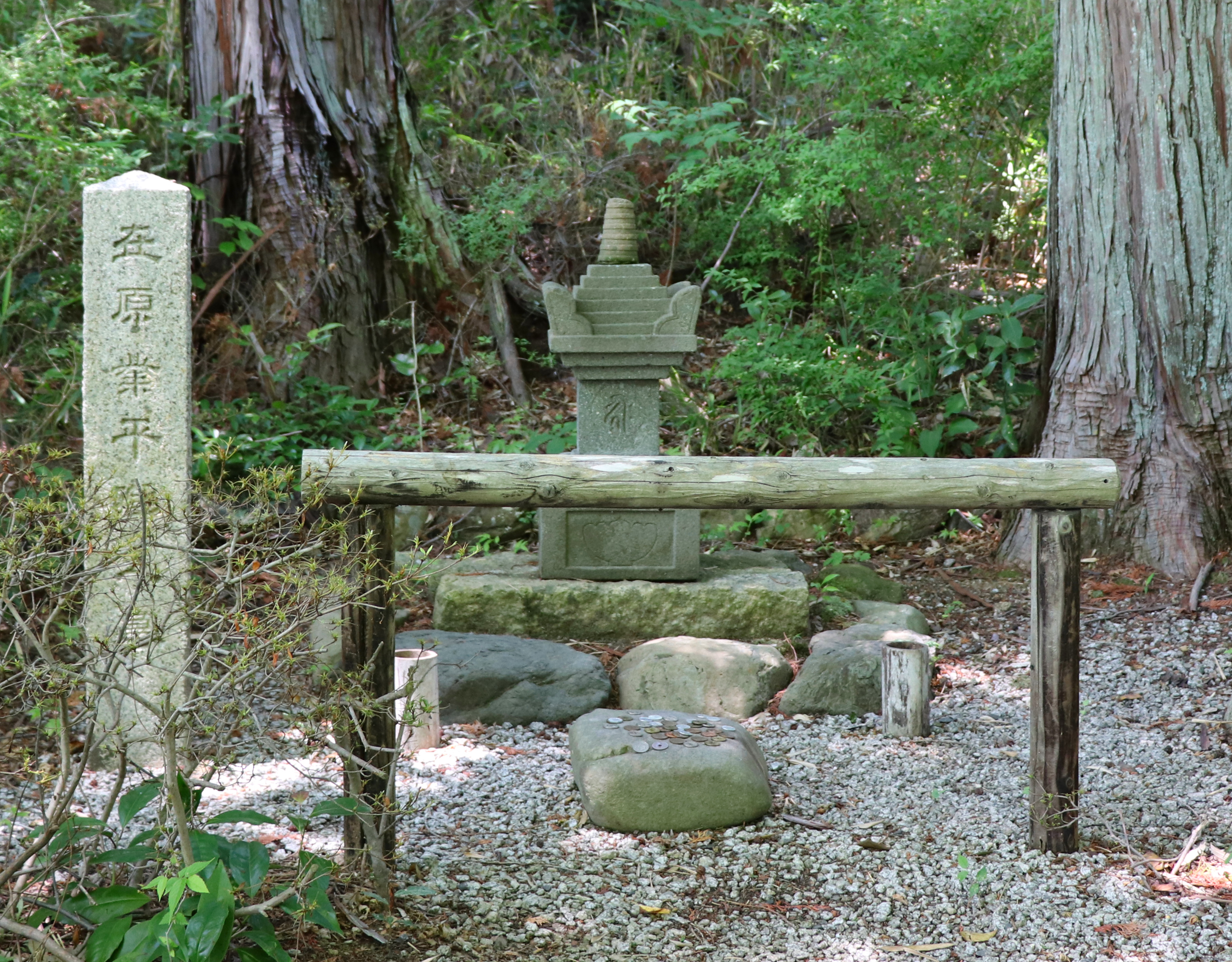
Near the grave is a salt kiln. Ariwara no Narihira enjoyed a practice called shioyaki (lit. salt burning) in which you boil seawater until only the salt remains, and then allow the salt to burn creating a unique smoke. You would then enjoy the aroma of the salt and the visual of the salt’s smoke. Shioyaki was a quite common pastime for aristocrats in Heian Period.

Shioyaki seems to have been very important for more than just a simple pastime for Narihara. One of the great loves of his life was Fujiwara no Takako. Not only was she very beautiful but she was also a member of the extremely influential Fujiwara clan. She was such a high rank person that even Ariwara no Narihira was too lowly for her to formally court. Forlorn for his beloved, he would from time to time visit Jurin-ji Temple to indulge in shioyaki when Takako was visiting a nearby shrine. In that way when the iconic smoke rose into the air, Fujiwara no Takako would see it and know he was thinking of her.

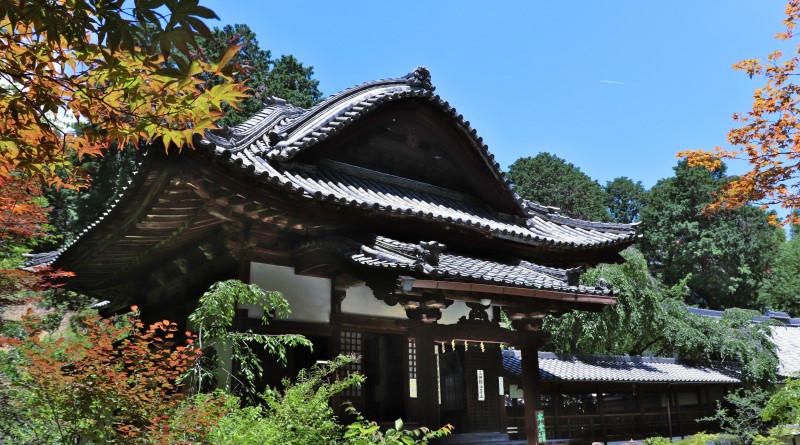
Leave a Reply